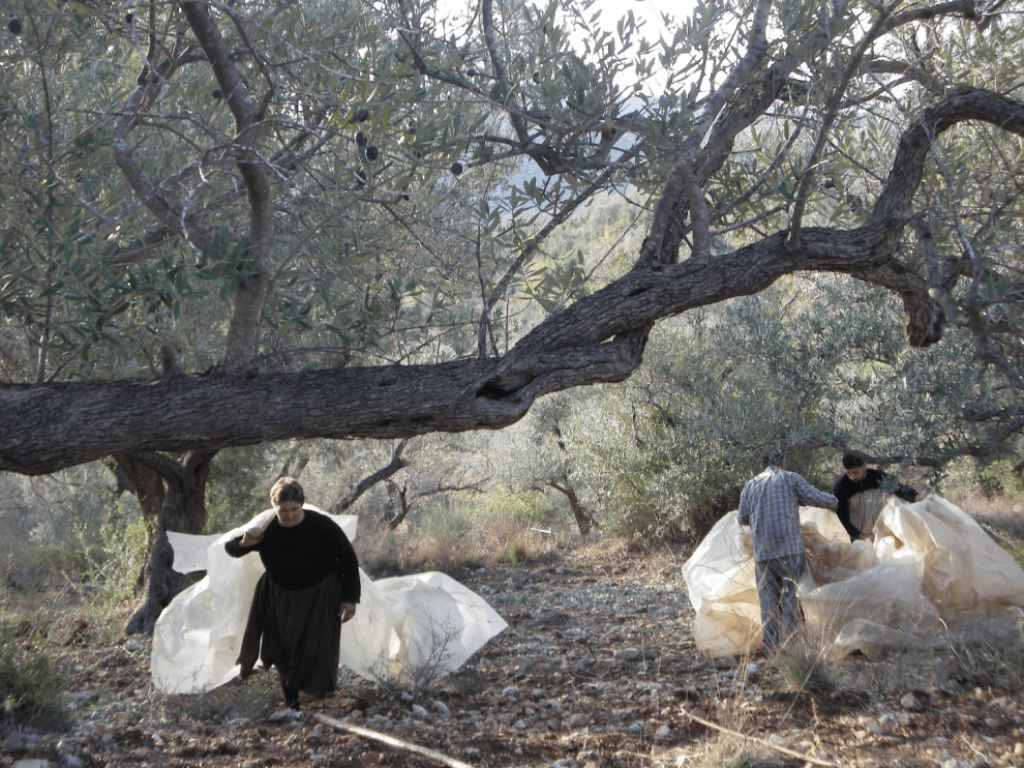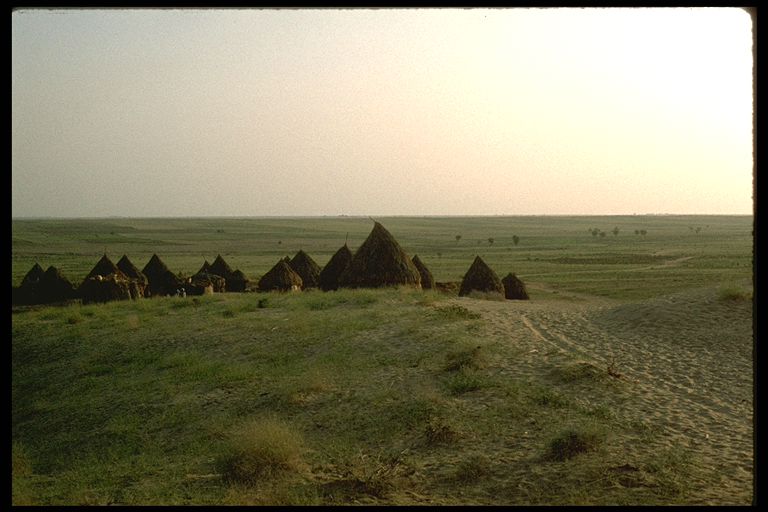Restructuring Food Production Development Project, Open-market Economy and Agrarian Value Relations
The Case of Ghor al-Mazra`s in Southern Jordan Valley
The Southern Jordan Valley benefits from a comparatively good, but limited, supply of water for irrigation, fertile soils and an early growing season of vegetables. It is estimated that over 60% of the value of national agricultural production is grown in the Valley. Since the inclusion of Jordan in the world market economy during the 20th century, the valley witnessed major transformation in farming practices from cereals production and animal husbandry to capitalized production of vegetables and fruits which became the only form of production with the implementation of the Jordan Valley Project in the mid-1980s. The shift to capitalized production led to changes in landownership whereby the local Ghawarneh farmers lost their land to capitalist farmers as well as to changes in forms of land use and of labor.
Read More >Conflict and Dispossession of Nubian Lands in Upper Egypt
Dossier
This post combines a number of articles and work on the conflict over dispossession of Nubian land in upper Egypt. The Dossier follows recent news of political action by Nubian activist fighting to prevent further diposssession of historical lands. This collection contains articles on the topic and will grow progressively.
"A Nubian protest camp has continued to block the Aswan-Abu Simbel Road for a fourth consecutive day as security forces prevented activists from continuing to their intended destination. In light of the standoff, the Governor of Aswan Magdy Hegazy hosted negotiations between Nubian elders and state authorities on Tuesday.
The camp was established on Saturday when security forces besieged a caravan of cars attempting to reach the Nubian Forkund village, which was recently annexed for a state-backed development project in Toshka, to protest the land seizure."
Read More >Property Rights and Land in Lebanon and Tunisia
Two Articles from JSSJ Journal No. 7 "The Right to the Village"
Two articles are from the Issue No. 7 of Justice Spatial | Spatial Justice (JSSJ Journal). The issue is titled the "The right to the Village" and explores the concept "the right to the city" via an attempt to transpose it to the rural areas. The two articles are concerned with land and land rights. One grapples with the notion of "the right to the village" on the example of Sinay, a village in South Lebanon, and its history of contested property rights. The other investigates the role of property rights and their contestation in the Tunisian uprising/revolution on the example of Sidi Bouzid.
Read More >Agrarian crisis, real estate crisis and drought in Syria (2000-2011)
in "Développer en Syrie" edited by Élisabeth Longuenesse & Cyril Roussel
The decade of economic liberalization and record growth in Syria, which coincided with the first term of President Bashar al‑Asad, led to a series of severe crises in the rural area which was manifested between 2004 and 2008 by the loss of 40 % of the active rural population (from 1,4 million to 800,000). If the country was self-sufficient until 2007, with an annual wheat production of 4 million tons, the directive of subsidized strategic crops (cotton, wheat, sugar beets) had left Syria with depleted soil and over-pumping from ground water. In this crisis environment, a new Agricultural Relations law (n.56) was passed on December 29th, 2004, to encourage landowners to invest anew in their holdings ; however, it delivered the coup de grace to the rural areas. This reactionary law had allowed landowners to terminate the old sharecropping contracts and introduce limited duration contracts.
Read More >Book review: "The Large Landowning Class and the Peasantry in Egypt 1837-1952"
by Raouf Abbas and Assem EI-Dessouky, translated by Amer Mohsen and Mona Zikri, and edited by Peter Gran.
François Ireton has generously offered his book review of the translation of كبار الملاك و الفلاحين في مسر -- Kibâr al mullâk wa-l fallâhîn fî Misr, 1837-1952 -- by Raouf Abbas and Assem EI-Dessouky, for publication on this website. We are very happy to start off what we hope will be a long series of reviews of books of interest on thimar with this great review of this work "rich in the material it treats systematically and enlightening" without defaulting into preformatted interpretative categories.
Read More >Pity the Nation
a documentary on Egyptian agriculture
"Pity the nation that wears a cloth it does not weave, eats a bread it does not harvest, and drinks a wine that flows not from its own wine-press." -- Khalil Gibran
With the permission of Philip Rizk we post his short and excellent documentary about aspects of Egyptian agriculture, food sovereignty and import/export dependency.
Read More >








